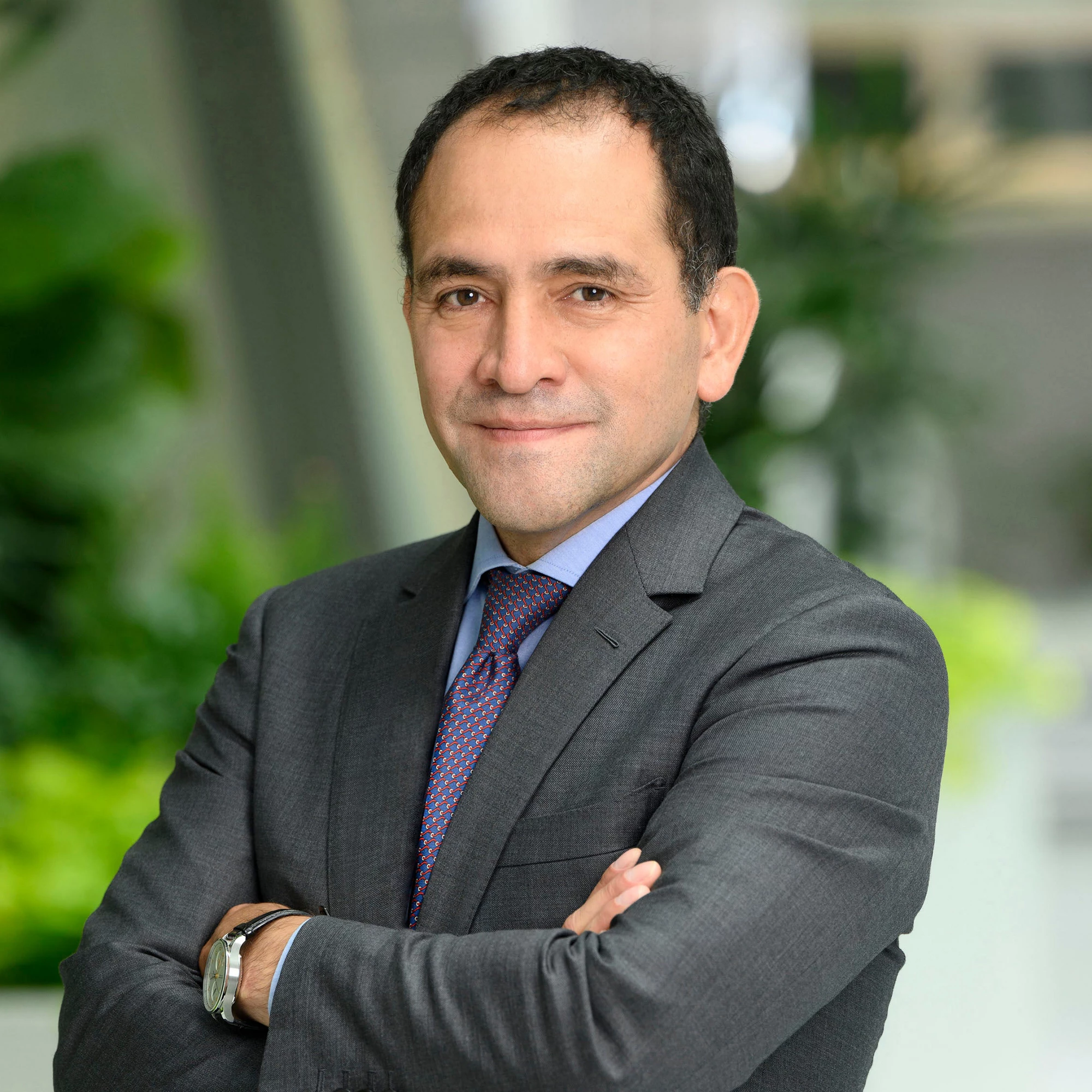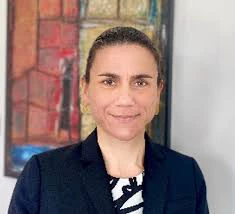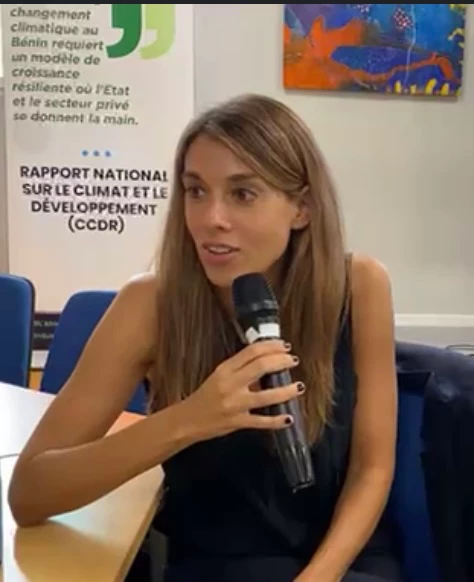 Photo credit: Canva
Photo credit: Canva
Not a day goes by without a headline on how generative artificial intelligence (AI) will transform everyone’s future. For some, it comes as the Promethean fire that will solve the most pressing challenges, including ending poverty. For others, AI means the end of jobs and much of the post-industrial world as we know it.
There is some truth to both of these extremes.
We still don’t fully know the impact AI will have on our economic structures and jobs, human potential, and our elusive quest for progress, but we can already see that it will drive a technological revolution. This is not the first one we have witnessed. Think, for example, of the steam engine that revolutionized transportation. Judging by history, AI will also increase growth and prosperity in the long run. However, there will be disruption along the way and, at the very least, specific trades and professions are set to disappear forever. When was the last time you rode a horse-drawn carriage in the United States other than in tourist spots like Central Park?
A conservative estimate from Goldman Sachs predicts that up to 300 million full-time jobs globally will be exposed to AI in the next decade. This is the equivalent of about 8.5 percent of the world’s labor force. For a country like Mexico, where one of us is from, that’s more than 5 million exposed jobs—greater than the entire population of Uruguay, where another one of us is from. The International Monetary Fund estimates about 40 percent of jobs globally are exposed to AI, and that as many as 60 percent of jobs in advanced economies may be impacted since AI affects high-skilled jobs.
Still, from a macroeconomic standpoint, AI seems to be the solution we’ve been waiting for to address the global productivity slowdown, which has led to sluggish growth in advanced economies over the last two decades. The Goldman Sachs analysis estimates that AI will increase annual U.S. labor productivity growth by just under 1.5 percentage points over a 10-year period following widespread adoption. Based on a historical average of 1.5 percent annual growth between 2007 to 2019, that would mean more than doubling productivity growth, the highest pace seen since World War II.
While we will be better off in the long run, the key question is: what is going to happen over the next decade? What do societies and governments need to do to ease the AI transition? In other words, how can we harness the creative destruction process of AI for shared prosperity?
We have the power to shape what the future is going to look like. The impact on jobs will depend on whether AI substitutes or complements workers, which can be influenced through fiscal policy, incentives, and regulations. If AI complements workers, it may enable them to be more efficient, perform higher-quality work, or accomplish new tasks. These significant gains in productivity can lead to the creation of new jobs, either in the same industry or from the expansion of activities in related ones. Advances in health care and education may drastically improve our living standards.
But transitions are costly, and while we have the policy instruments and institutions to effectively mitigate the impacts of AI, we will also need new ones. This includes new fiscal policies and regulations to ensure that the gains in productivity benefit labor as much as capital. Redistribution and pre-distribution, as Angus Deaton puts it in his book “Economics in America,” must be carefully calibrated to ensure we avoid the large increases in inequality we have seen during other technological revolutions and to safeguard democratic institutions.
Ultimately, how many jobs are created versus destroyed, which category of workers face the most changes, how AI boosts automation across industries, and where those industries are located will depend on the policy choices we make today. Even if advanced economies stand to be particularly affected at first, eventually developing economies—where both capital and high-skill labor are scarce but demographic pressures are high—will also be impacted.
While we can’t predict exactly how much AI will shift things, we can be certain that it holds the promise of radical change, one that we can choose to shape. As MIT professors Daron Acemoglu and Simon Johnson say in their book “Power and Progress,” “Shared prosperity emerged because and only when the direction of technological advances and society’s approach to dividing the gains were pushed away from arrangements that primarily served the few.” Let’s work to ensure that everyone benefits from this latest technological revolution.




Join the Conversation